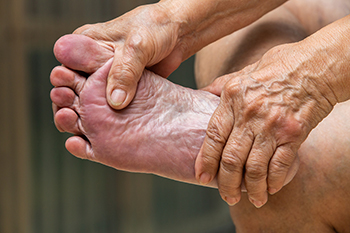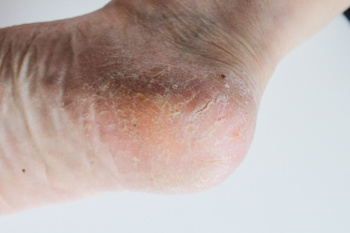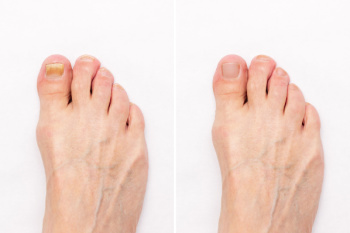Like any other part of the body, the feet are vulnerable to wear and tear throughout our lives. As we age, our feet may require more care and attention. Elderly people are especially prone to developing a variety of foot problems, including dry skin, corns, calluses, blisters, ingrown toenails, deformities, arthritis, fungal infections, and plantar warts. Additionally, systemic conditions such as diabetes or poor circulation can have noticeable effects on foot health.
The first step to preventing foot health problems at any age is to establish a good daily foot care routine. Washing the feet with soap and warm water daily, then drying them thoroughly is very important. Applying a moisturizer to the soles of the feet can help prevent dry skin. When trimming the toenails, use nail clippers to trim them straight across. This can prevent painful ingrown toenails. Doing daily foot exercises and stretches can help maintain the strength and flexibility of the feet.
A critical step of the daily foot care routine, especially for those who have systemic conditions like diabetes, is the daily foot inspection. Check your feet each day for any cuts, scrapes, sores, or other abnormalities. By catching and treating any foot problems early, you can prevent infection and other serious complications. A hand mirror can be used to help you see any hard-to-reach areas.
Another important aspect of caring for your feet is wearing the right shoes and socks. Footwear should be comfortable, supportive, flexible, and made of breathable materials. For some people, orthotic inserts can help make shoes more comfortable.
If you have any foot problems, or questions about maintaining the health of your feet, please consult with a chiropodist.






